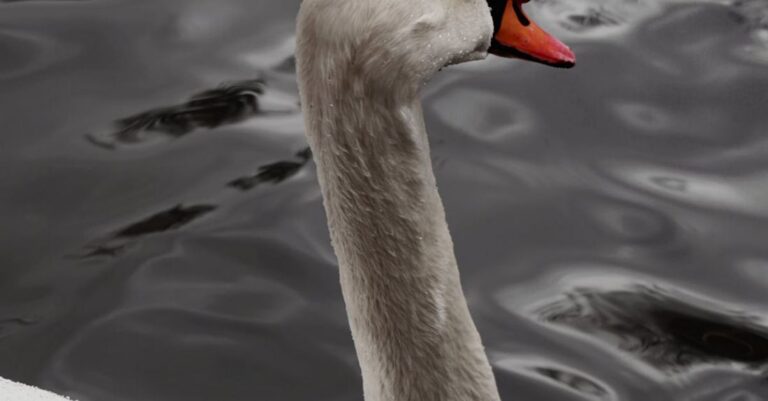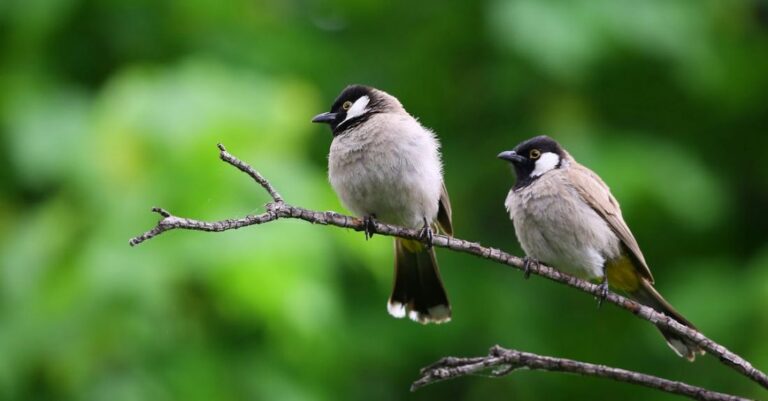
The Galapagos Islands, known for their unique biodiversity and stunning landscapes, are a paradise for birdwatchers from around the world. With over 56 resident bird species and numerous migratory visitors, the archipelago offers a rich and diverse birdwatching experience. However, the migratory patterns of birds in the Galapagos play a significant role in shaping the birdwatching opportunities available to enthusiasts. Understanding how these patterns influence birdwatching in the Galapagos can enhance the experience for visitors and help conserve the fragile ecosystems of the islands.
**Seasonal Arrivals and Departures**
Seasonal migrations bring a dynamic element to birdwatching in the Galapagos. Many bird species arrive in the islands during specific times of the year to take advantage of abundant food sources or favorable breeding conditions. For example, the waved albatross, a magnificent seabird known for its courtship dances, arrives in the Galapagos between April and December to breed and raise its young. This period offers birdwatchers a unique opportunity to witness this spectacular display of nature.
On the other hand, some migratory species visit the Galapagos during the non-breeding season, using the islands as a stopover on their journey to other destinations. These transient visitors add an element of surprise to birdwatching excursions, as enthusiasts may encounter species that are not typically found in the area. The presence of migratory birds in the Galapagos reflects the interconnectedness of ecosystems across the globe and highlights the importance of preserving these natural habitats.
**Impact on Birdwatching Tours**
The migratory patterns of birds in the Galapagos influence the timing and locations of birdwatching tours offered to visitors. Tour operators design their itineraries based on the presence of specific bird species during different seasons, ensuring that participants have the best chances of spotting rare and endemic birds. For example, tours focusing on the nesting behaviors of seabirds may be scheduled during the breeding season when activity is at its peak.
Additionally, birdwatching tours may target specific locations within the Galapagos where migratory birds are known to congregate. Coastal areas, lagoons, and mangrove forests are popular spots for observing migratory shorebirds and waterfowl, offering birdwatchers a diverse range of species to admire. By aligning tour schedules with migratory patterns, visitors can witness the full spectrum of avian life in the Galapagos and gain a deeper appreciation for the islands’ natural wonders.
**Conservation Considerations**
The migratory patterns of birds in the Galapagos also have important implications for conservation efforts on the islands. As climate change and human activities continue to impact migratory routes and habitats, ensuring the protection of critical areas for migratory birds becomes essential. Conservation organizations work to preserve key stopover sites and breeding grounds to support the survival of migratory species that rely on these ecosystems.
By understanding how migratory patterns affect birdwatching in the Galapagos, conservationists can advocate for the sustainable management of natural resources and the implementation of measures to mitigate threats to migratory birds. Conservation initiatives that address habitat loss, pollution, and climate change are crucial for safeguarding the diverse bird populations that visit the Galapagos each year.
**Preserving the Magic of Birdwatching in the Galapagos**
In conclusion, the migratory patterns of birds in the Galapagos add a dynamic and unpredictable element to birdwatching experiences on the islands. By recognizing the seasonal arrivals and departures of migratory species, birdwatchers can tailor their visits to maximize their chances of encountering a wide variety of birds. The influence of migratory patterns on tour schedules and conservation efforts underscores the importance of understanding and protecting these natural cycles. As visitors and conservationists alike appreciate the magic of birdwatching in the Galapagos, they contribute to the preservation of this unique and precious ecosystem for future generations to enjoy.





